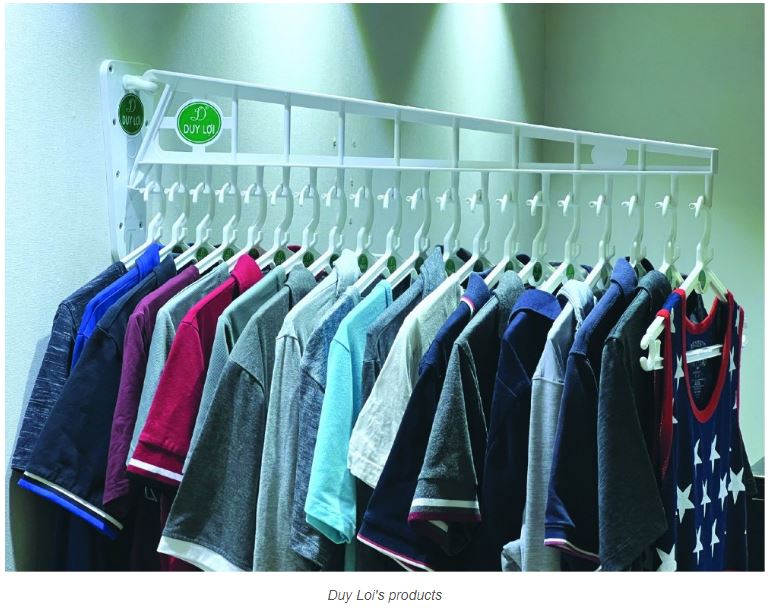Vietnam’s traditional products sell across borders via ecommerce
International customers can easily buy many Vietnamese traditional products via e-commerce platforms.
The Covid-19 pandemic has led to changes in customers’ shopping behaviors, which has forced sellers to adapt to new circumstances. However, this also brings benefits. Vietnam’s enterprises now have opportunities to sell products all over the globe.
Duy Loi, a folding hammock manufacturer, and a 100 percent Vietnamese owned enterprise with 20 years of operation, began using e-commerce in late 2020 when its offline sales fell because of lockdown.
It was not an easy decision for Duy Loi, which was used to distributing its products through traditional retail channels for two decades, to display goods on Lazada, Shopee and Tiki, and sell goods via its website.
“We realized that selling products online was a must when the pandemic broke out, because direct sales were no longer easy,” Pham Bao An, deputy CEO of Duy Loi, recalled.
After two years of being online, An said the company witnessed a two-digit growth rate as e-commerce platforms applied policies on supporting new sellers and Vietnamese enterprises.
The reports by large e-commerce platforms all showed that made-in-Vietnam products are welcomed by consumers.
Fifty-two percent of polled Vietnamese said they like products with Vietnamese brands and have higher confidence in Vietnamese brands, according to the survey on online consumption behaviors in Southeast Asia by Lazada and Milieu Insight in 2022.
During the December 12, 2021 shopping festival, Shopee reported that the number of buyers from domestic sellers accounted for the majority. Nine out of every 10 consumers chose to buy products from local sellers.
According to Lazada, Vietnamese brands have been diversifying their products, improving quality and providing transparent origin, at reasonable prices. Also, they have been innovating to bring useful products to Vietnamese consumers.
Duy Loi, for example, is known as a folding hammock manufacturer, but has recently launched market drying racks made of plastic. The use of plastic as material reduces production costs. The products, with reasonable selling prices, fit clients living in rentals in cities, or those living in small apartments. As the products are foldable, they can be easily put in closets of large houses.
Most well-known enterprises have set up stalls on e-commerce platforms to affirm their brands and copyright. Following successes in the domestic market, Vietnamese companies are on the path to enter the world market.
With advantages of online sale channels, e-commerce platforms can’t bring Vietnam’s goods to the global market. The websites such as Lazada and Shopee all have Vietnamese and international sellers.
Gijae Seong, managing director of Amazon Global Selling Vietnam, said Vietnamese enterprises have advantages in handicrafts, interior decor products, gifts and household goods, and can compete with products in the world.
Many Vietnamese enterprises have successfully sold their products on Amazon, such as Minh Long (porcelain), Lafooco (farm produce processing), Hector (cordyceps), ChicnChill (handicrafts), and AnEco (bio-hydrolyzed plastic). About 10 million made-in-Vietnam products have reached out to the world market via Amazon so far this year.
A Duy Loi representative said the company would work with Amazon to introduce its products on the platform. The firm’s potential customers are from Singapore, South Korea, Japan and the US.
According to Amazon, in 2021, the number of Vietnamese enterprises with over $100,000 revenue from Amazon increased by 18 percent year-on-year. Those with revenue of over $500,000 increased by 53 percent, and those with revenue exceeding $1 million up by 40 percent.
Hai Dang
Source: https://vietnamnet.vn/en/vietnam-s-traditional-products-sell-across-borders-via-ecommerce-2079996.html


 English
English




